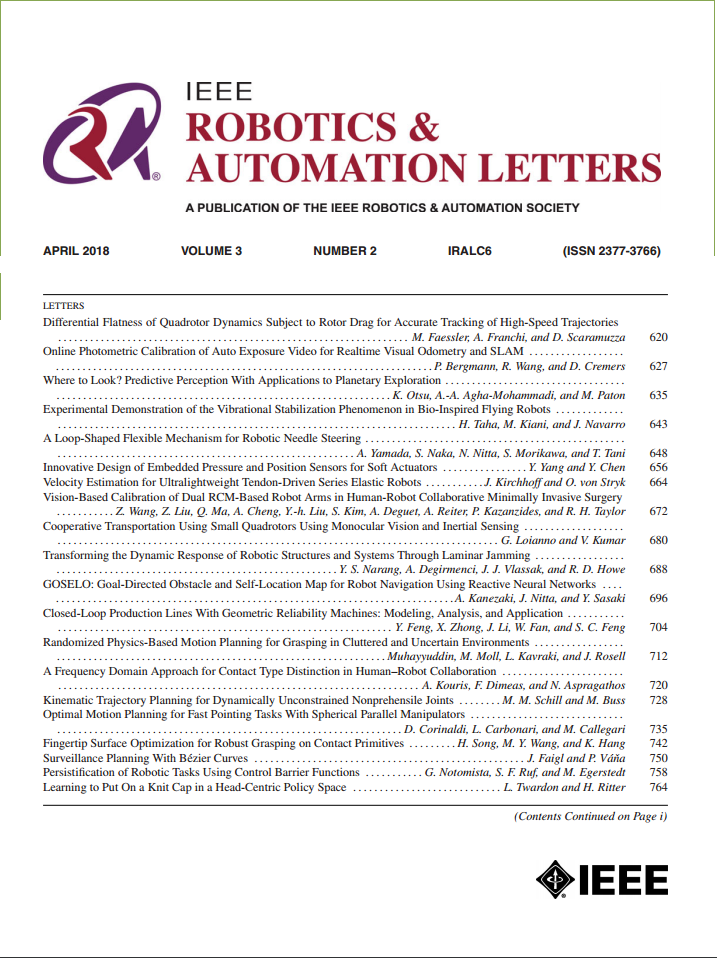心理模型动力学:用户对野外机器人的客观与主观理解
IF 5.3
2区 计算机科学
Q2 ROBOTICS
引用次数: 0
摘要
在人机交互研究中,评估人类如何理解与他们互动的机器人是至关重要的,特别是在研究可解释性和透明度的影响时。一些研究通过分析用户心智模型的准确性来评估客观理解,而另一些研究则依赖于感知到的、自我报告的主观理解水平。我们假设理解的两个维度可能会出现分歧,因此是评估可解释性对用户影响的互补方法。在我们的研究中,我们在五周内跟踪了用户对在医疗中心操作的自主机器人的理解的每周进展。我们的研究结果揭示了客观和主观理解之间的明显不匹配。在参与者缺乏足够信息的领域,随着与系统接触的增加,对理解的感知,即主观理解,提高了,而他们的实际理解,即客观理解,则没有提高。我们将这些结果归因于由于系统反馈有限而持续存在的不准确的心智模型。未来的研究应阐明理解的客观和主观维度如何受到可解释性措施的影响,以及这两个理解维度如何影响其他期望,如信任或可用性。本文章由计算机程序翻译,如有差异,请以英文原文为准。
Dynamics of Mental Models: Objective Vs. Subjective User Understanding of a Robot in the Wild
In Human-Robot Interaction research, assessing how humans understand the robots they interact with is crucial, particularly when studying the impact of explainability and transparency. Some studies evaluate objective understanding by analysing the accuracy of users' mental models, while others rely on perceived, self-reported levels of subjective understanding. We hypothesise that both dimensions of understanding may diverge, thus being complementary methods to assess the effects of explainability on users. In our study, we track the weekly progression of the users' understanding of an autonomous robot operating in a healthcare centre over five weeks. Our results reveal a notable mismatch between objective and subjective understanding. In areas where participants lacked sufficient information, the perception of understanding, i.e. subjective understanding, raised with increased contact with the system while their actual understanding, objective understanding, did not. We attribute these results to inaccurate mental models that persist due to limited feedback from the system. Future research should clarify how both objective and subjective dimensions of understanding can be influenced by explainability measures, and how these two dimensions of understanding affect other desiderata such as trust or usability.
求助全文
通过发布文献求助,成功后即可免费获取论文全文。
去求助
来源期刊

IEEE Robotics and Automation Letters
Computer Science-Computer Science Applications
CiteScore
9.60
自引率
15.40%
发文量
1428
期刊介绍:
The scope of this journal is to publish peer-reviewed articles that provide a timely and concise account of innovative research ideas and application results, reporting significant theoretical findings and application case studies in areas of robotics and automation.
 求助内容:
求助内容: 应助结果提醒方式:
应助结果提醒方式:


